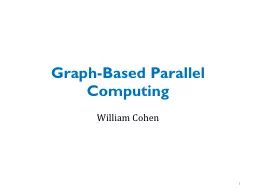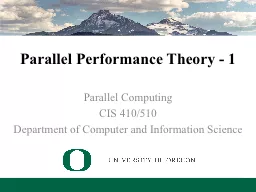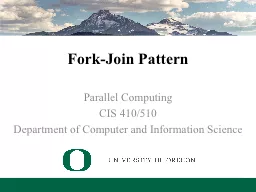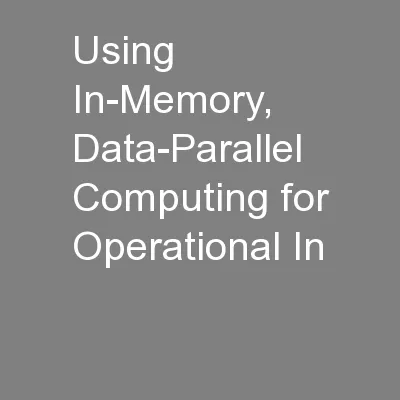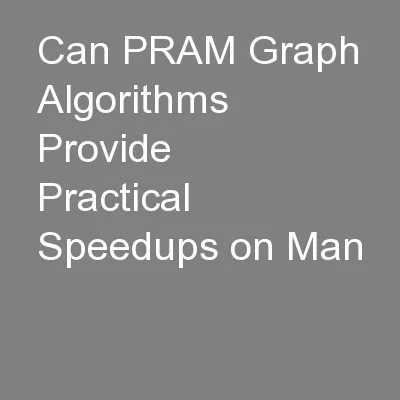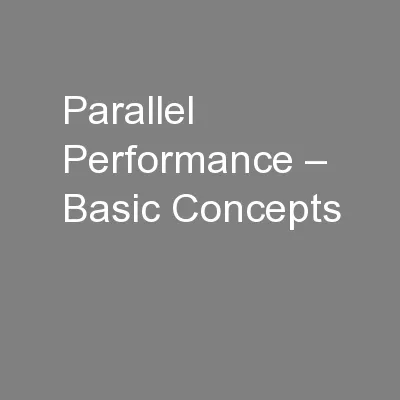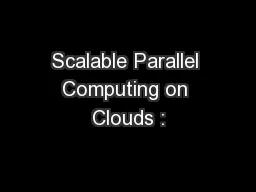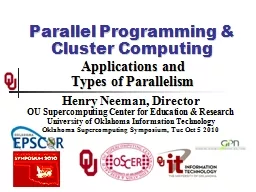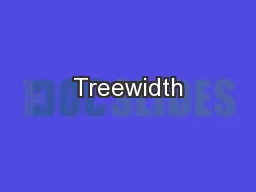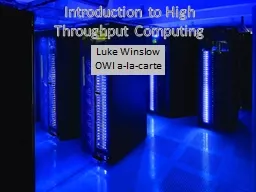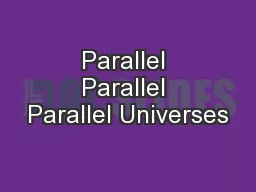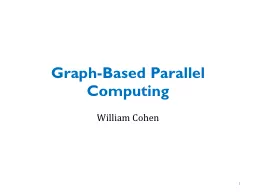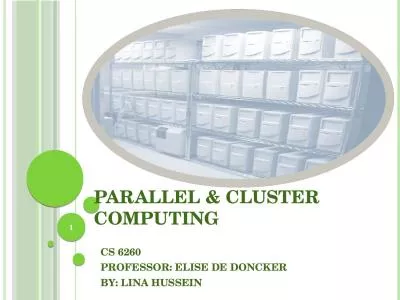PPT-Graph-Based Parallel Computing
Author : faustina-dinatale | Published Date : 2017-12-20
William Cohen 1 Announcements Next Tuesday 128 Presentations for 10805 projects 15 minutes per project Final written reports due Tues 12 15 For exam S pectral clustering
Presentation Embed Code
Download Presentation
Download Presentation The PPT/PDF document "Graph-Based Parallel Computing" is the property of its rightful owner. Permission is granted to download and print the materials on this website for personal, non-commercial use only, and to display it on your personal computer provided you do not modify the materials and that you retain all copyright notices contained in the materials. By downloading content from our website, you accept the terms of this agreement.
Graph-Based Parallel Computing: Transcript
Download Rules Of Document
"Graph-Based Parallel Computing"The content belongs to its owner. You may download and print it for personal use, without modification, and keep all copyright notices. By downloading, you agree to these terms.
Related Documents

